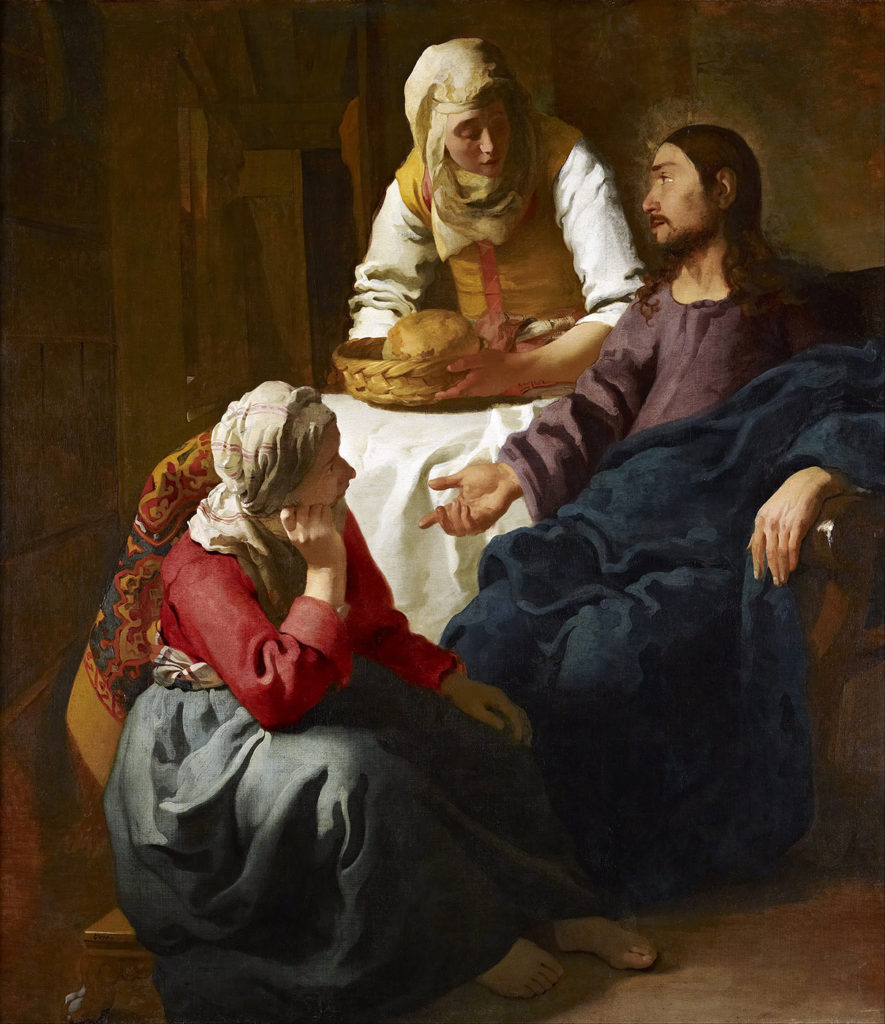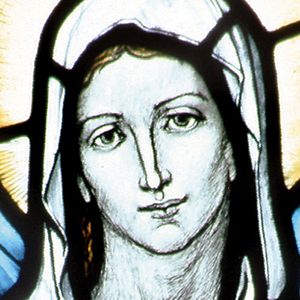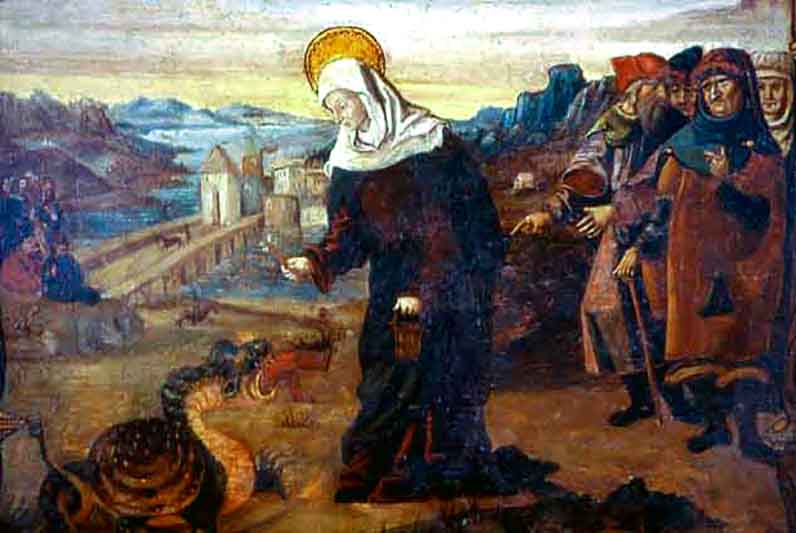
July 29
(CNA) — “Jesus loved Martha, and her sister Mary, and Lazarus” (Jn 11:5).

St. Martha is mentioned in three Gospel passages: Lk 10:38-42, Jn 11:1-53 and Jn 12:1-9, and the type of friendship between her and her siblings, Mary and Lazarus, with the Lord Jesus is evident in these passages.
In the Gospel of Luke, Martha receives Jesus into her home and worries herself with serving Him, a worry that her sister Mary, who sat beside the Lord’s feet “listening to Him speak,” doesn’t share. Her complaint that her sister is not helping her serve draws a reply from the Lord who says to her, “Martha, Martha, you are anxious and worried about many things. There is need of only one thing. Mary has chosen the better part and it will not be taken from her.”
The over anxiousness she displays in serving is put into the right context by Jesus, who emphasizes the importance of contemplating Him before all things.
“Martha was focused on doing what she thought was most loving. She wanted to offer Him the best hospitality; and she was certain she knew what was best,” said Bishop Thomas J. Olmsted in his homily for Mass on July 21, 2019 at St. Thomas the Apostle Parish in Phoenix. “Martha thought that her work was more important than sitting at Jesus’ feet.”

“Jesus does not dismiss the value of Martha’s hospitality. There’s a need for tacos and tamales. That’s why Jesus Himself multiplied the fish and the loaves to feed thousands near the Sea of Galilee, and why He changed water into wine at the Wedding Feast in Cana,” Bishop Olmsted added. “But He also spent entire nights in prayer; and frequently He withdrew from the crowd to be absorbed in loving communion with the Father.”
Mary listening to Jesus was not laziness, the bishop said, but obedience of faith, a higher love. Martha thinks that her duties of hospitality are more important than listening, he said, but faith in Jesus, discipleship and friendship with Him “demands stillness and silence, taking time to sit at His feet and focus all attention on Him. Mary’s welcome was far better than Martha’s.”
Yet she is seen next in John, outside the tomb of her brother Lazarus who had died four days earlier, as the one who receives the Revelation from the Lord that “I am the resurrection and the life; whoever believes in me, even if he dies, will live, and everyone who lives and believes in me will never die.”
When asked by the Lord if she believed this, she said to Him, “Yes, Lord. I have come to believe that you are the Messiah, the Son of God, the one who is coming into the world,” displaying her great faith which is confirmed by Jesus’ subsequent raising of her brother Lazarus from the grave.
In the third and last instance, we see Martha, again in John, at a house in Bethany where Jesus was reclining at table with her brother Lazarus after he had raised him from the dead. During dinner, John’s Gospel tells us, “Martha served.” She is revealed here performing the same task as when we first saw her, but now her service is infused with her faith, and the brevity of the description suggests the silence and peace in which she serves as opposed to the nervous anxiety she displayed earlier.

Martha, whom we have seen serving, in Luke, and then believing, earlier in John, is now seen expressing her belief in the action of serving the Lord. “Martha served,” and in doing so teaches us the way of Christian life.
According to one tradition, taken from the “Golden Legend,” Martha and other Christians went into exile after the resurrection and settled in Tarascon, France, which still claims her as a patroness. According to the legend, a dragon — or some kind of beast — was terrorizing the community when St. Martha, with a cross in her hand, sprinkled it with holy water, placed her sash around its neck and led the tamed creature through the village.
St. Martha is the patron of housewives, servants, waiters and cooks.





